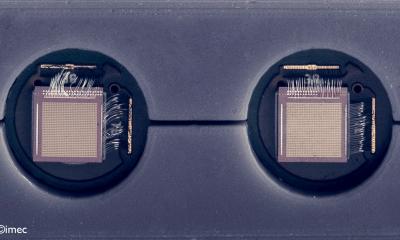Intima media thickness to measure the thickness of artery walls
Intima media thickness (IMT) is a valuable research tool that can be used as surrogate end points in clinical trails, says Professor Stefan Agewall.
Both in the clinic and in the research area we look for a toll to identify subjects who will develop cardiovascular disease. Decades of silent arterial wall alterations precede vascular clinical events, which then reflect advanced atherosclerotic disease. The first morphological abnormalities of arterial walls can be visualized by B-mode ultrasonography. In the absence of atherosclerotic plaque, B-mode ultrasound displays the vascular wall as a regular pattern that correlates with anatomical layers.
Intima media thickness (IMT) of the carotid artery can easily be evaluated by non-invasive ultrasound technique. The technique is standardized, has a high reproducibility and allows monitoring over time. Intima media thickness can also be measured in the brachial and femoral arteries. IMT should be measured preferably on the far wall. This is because IMT values from the near wall depend in part on gain settings and are less reliable. It is also possible to visualize plaques in the artery with ultrasound technique. Plaque is a focal structure encroaching into the arterial lumen of at least 0.5 mm or 50% of the surrounding IMT value.
Several studies have shown a significant relationship between IMT and cardiovascular risk factors, such as age, male gender, cholesterol, blood pressure, diabetes mellitus and smoking habits. Also the number of cardiovascular risk factors correlation with IMT. We also know that cardiovascular risk factor intervention slow down IMT progression. This is most clearly shown when cholesterol levels are lowered. Furthermore, an increased IMT predicts stroke and acute myocardial infarction.
In the daily clinic an IMT >0.9 mm in the common carotid artery or presence of plaque may support a more intensive risk factor intervention at individual level. However, an increased IMT or presence of plaque in the carotid artery should not be treated per se. Rather this information should be a part of the total risk evaluation of the individual patient.
02.09.2008











